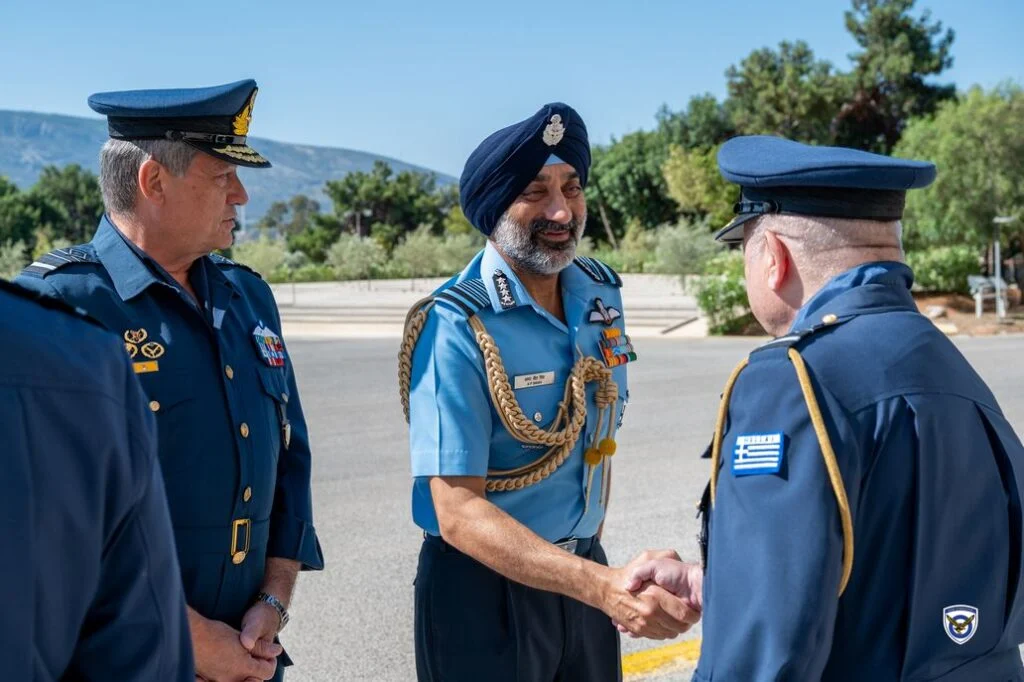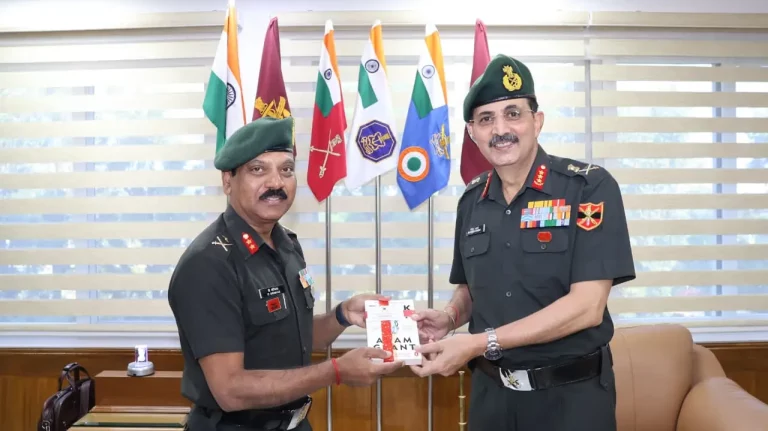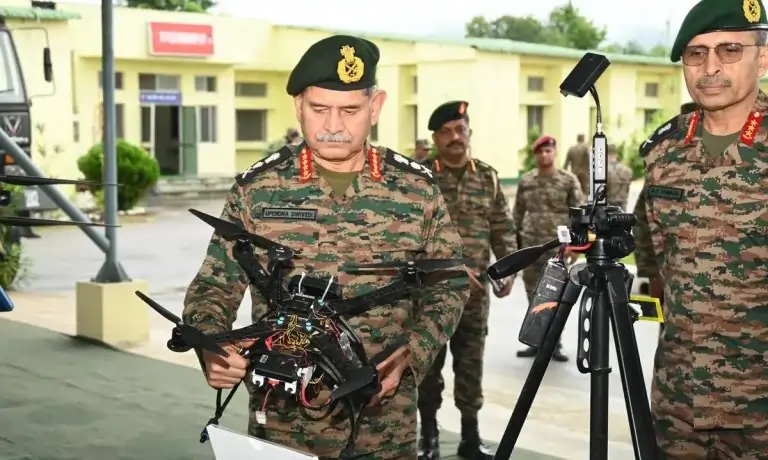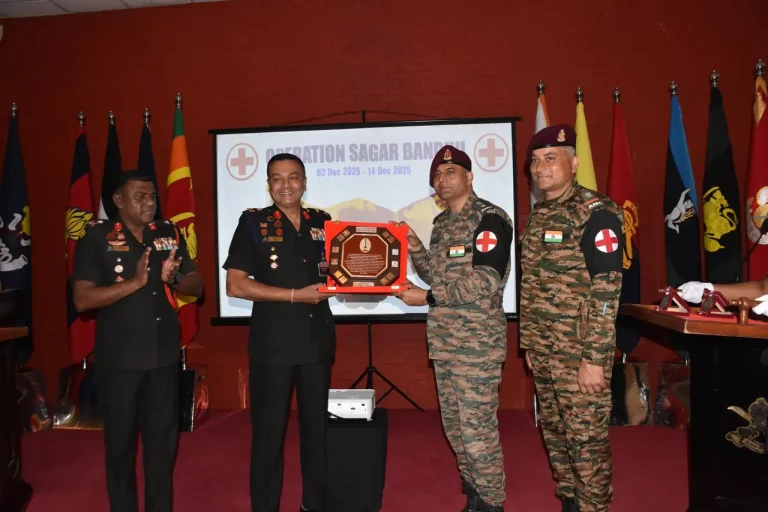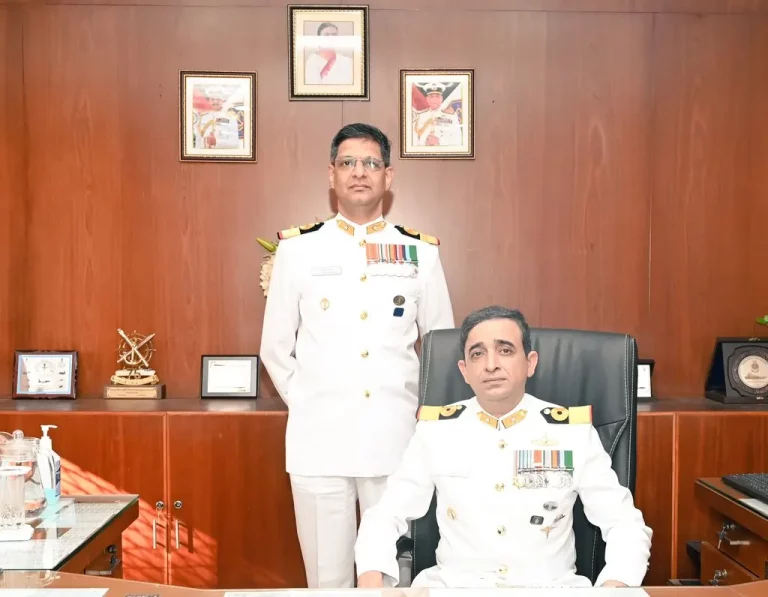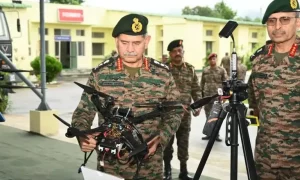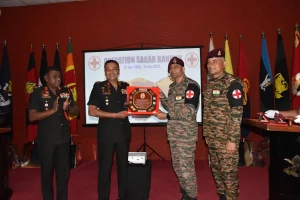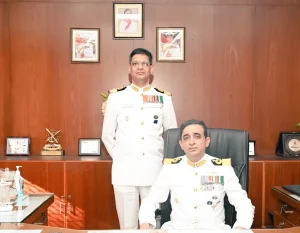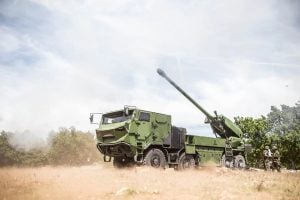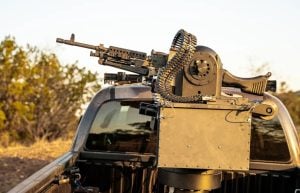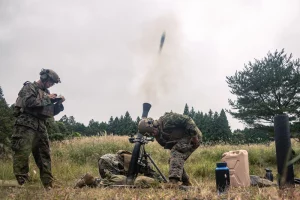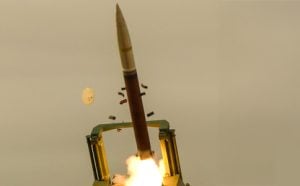During an official visit to Greece from June 23 to 25, Air Chief Marshal Amar Preet Singh, Chief of the Air Staff of the Indian Air Force (IAF), engaged in high-level discussions with Lieutenant General Dimosthenis Grigoriadis, Chief of the Hellenic Air Force General Staff. One of the foremost items on the agenda was Greece’s formal proposal to sell 15 Mirage-2000-5 fighter jets to India. This offer comes as Greece undertakes an air force modernization strategy, transitioning to more advanced multi-role platforms, notably the Rafale jets.
The Mirage-2000-5 aircraft, which were introduced into the Greek air fleet during the late 1990s and early 2000s, are being phased out to reduce upkeep costs and to divest funds for Rafale acquisitions. The proposed aircraft are currently supported under a maintenance contract with Dassault Aviation, which is set to expire in 2027.
However, the IAF has expressed skepticism regarding the acquisition of these aircraft. Key concerns include the age of the jets, their limited remaining airframe life, and significant technical differences from the IAF’s existing Mirage-2000H/TH fleet. Currently, the IAF operates approximately 50 Mirage-2000s, which were upgraded under a $2.3 billion deal with Dassault and Thales in the 2010s, enhancing their avionics, RDY-2 radar capabilities, and armament with MICA missiles. These upgraded jets have played pivotal roles in various operations, including the 2019 Balakot airstrike and the recent Operation Sindoor in May 2025.
In light of its operational challenges, the IAF has been examining ways to prolong the service life of its Mirage fleet, previously considering the procurement of retired French Mirage-2000s for parts. Greece’s offer presents an alternative route; however, the remaining operational life of the Greek aircraft—estimated at 10 to 15 years—combined with the costs of retrofitting and sustainability, raises questions about their long-term utility.
The IAF faces a significant squadron shortfall, currently operating just 31 squadrons, while its sanctioned capacity stands at 42. With aspirations for new aircraft under various programs, including the Tejas Mk-1A, Tejas Mk-2, and the Multi-Role Fighter Aircraft (MRFA) procurement, the financial ramifications of acquiring the Greek jets are substantial. Experts indicate that the overall expenditure for procurement, upgrades, and maintenance could rival that of developing new indigenous platforms.
As the IAF commits to acquiring 180 Tejas Mk-1A jets at a cost of ₹1.15 lakh crore, and with ongoing advancements in other vital projects such as MRFA and AMCA, the decision regarding the Greek Mirage-2000-5s may ultimately reflect a strategic choice. The evaluation will center on whether the immediate advantages of bolstering the fleet with older aircraft outweigh the fiscal and logistical challenges associated with integrating these aging foreign platforms into the current operational framework.
